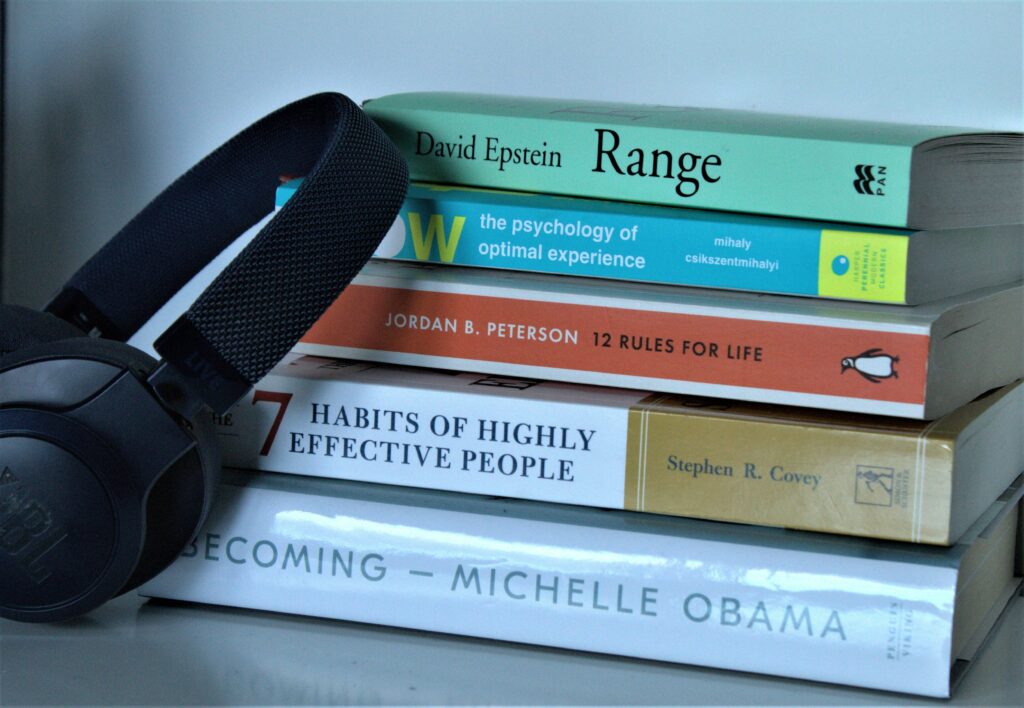“Ever felt like a 500-word email could take you all day because of dyslexia? Yeah, we’ve been there too.”
Sometimes, even the most straightforward communication tasks feel like climbing Mount Everest for individuals with dyslexia. But what if I told you that technology has caught up to make life easier—not just with empathy but with real solutions? Enter Read Assist Communication Plans, powered by dyslexia apps designed to break barriers and empower people to communicate effectively.
In this guide, we’ll dive deep into how these innovative tech tools are changing lives—whether you’re a parent looking for support or an adult managing daily challenges. You’ll learn about choosing the right app, using it optimally, and avoiding common pitfalls so your journey with Read Assist Communication Plans becomes smoother than ever.
Table of Contents
- The Challenge of Dyslexia in Communication
- Step-by-Step Guide to Using Read Assist Communication Plans
- Best Practices for Maximizing Dyslexia Apps
- Real-Life Success Stories with Read Assist Tools
- FAQs About Read Assist Communication Plans
Key Takeaways
- Dyslexia affects reading and writing—but modern apps can bridge the gap.
- Read Assist Communication Plans combine accessibility features with user-friendly interfaces.
- Choosing the right app involves understanding specific needs (hint: one size doesn’t fit all).
- Success hinges on pairing tools with consistent practice.
The Challenge of Dyslexia in Communication
I once tried drafting a heartfelt birthday message for my nephew—and spent two hours deleting typos, rephrasing awkward sentences, and staring blankly at misspelled words. It hit me then: dyslexia isn’t just a learning difference; it’s a constant uphill battle against miscommunication.
Let’s talk stats: according to the International Dyslexia Association, roughly 15-20% of the population shows signs of dyslexia. That means millions struggle daily with tasks others breeze through. Sounds overwhelming, right?
Luckily, Read Assist Communication Plans step in as game-changers here. These aren’t just any apps—they’re tailored strategies wrapped in intuitive designs, aiming to decode texts, organize thoughts, and simplify interactions. Think of them as your digital savior whispering, “Hey, let’s crush this together.”

Step-by-Step Guide to Using Read Assist Communication Plans
Optimist You: *“I can totally master this!”*
Grumpy You: *“Wait… how do I start?”*
Fair enough! Let’s walk through setting up and using Read Assist Communication Plans without losing your sanity:
Step 1: Identify Your Needs
Are you looking to improve text comprehension, spellcheck emails, or enhance verbal expression? Define your goals clearly before diving in. This will help narrow down which features matter most.
Step 2: Choose the Right App
With countless options out there—like ClaroRead, SpeakIt!, and Grammarly—it’s crucial to pick wisely. For example:
– ClaroRead excels in voice-to-text capabilities.
– SpeakIt! transforms written content into audio files.
– Grammarly polishes grammar and style issues.
Step 3: Set Up Accessibility Features
Customize fonts, colors, and text-to-speech settings based on your preferences. Most apps allow adjustments such as larger typefaces, OpenDyslexic font integration, and adjustable contrast modes.
Step 4: Practice Consistently
Tech is only as good as its use. Make these tools part of your routine—practice typing notes, recording ideas aloud, or reviewing documents regularly.
Warning: Terrible Tip Alert!
Some people think buying every single app will solve their problems overnight. Spoiler alert: It won’t. Focus on mastering ONE tool first instead of drowning in subscriptions.

Best Practices for Maximizing Dyslexia Apps
Now that we’ve tackled setup let’s talk efficiency. Here’s how to get the most bang for your buck:
- Combine Multiple Tools: Use a reading assistant alongside organizational software like Trello or Notion for comprehensive support.
- Utilize Text Highlighters: Many apps highlight key phrases while reading aloud—use color-coded markers to stay focused.
- Sync Across Devices: Ensure your chosen apps are available on both desktop and mobile for seamless transitions.
- Engage Support Groups: Join online communities sharing tips about utilizing apps effectively.
This strategy is like adding avocado toast to brunch—it elevates everything else around it.
Real-Life Success Stories with Read Assist Tools
Meet Sarah, a freelance writer diagnosed with severe dyslexia. After discovering Read&Write—a popular dyslexia app included in many Read Assist Communication Plans—she saw her productivity soar by nearly 60%. She now creates high-quality articles without spending half her time revising.
Another case? John, a university student struggling with note-taking. By implementing speech-to-text functionality via Otter.ai, he improved his grades significantly—his professors noted clearer presentations and structured responses in essays.

FAQs About Read Assist Communication Plans
What Makes Read Assist Different From Traditional Writing Tools?
While traditional writing tools focus on grammar alone, Read Assist offers holistic support—voice recognition, visual aids, predictive text, and more.
Can Kids Benefit Too?
Absolutely! Many apps include gamified elements perfect for younger users, making learning fun and engaging.
Are They Affordable?
Prices vary, but free trials often exist. Some schools even provide discounts or subsidies for families.
Conclusion
We covered a lot today—you learned why dyslexia impacts communication deeply, explored actionable steps to adopt Read Assist Communication Plans, and received insider tips to maximize effectiveness. Remember, progress may be slow, but it’s always worth it.
So go ahead—try one tool, customize it, and see where the journey takes you. And hey, don’t forget coffee breaks along the way. (Trust me, they work wonders.)
P.S. Like Pokémon evolves over time, so does mastery over Read Assist tools. Keep leveling up!
“Reading used to feel impossible,
Until tech made dreams achievable.”


